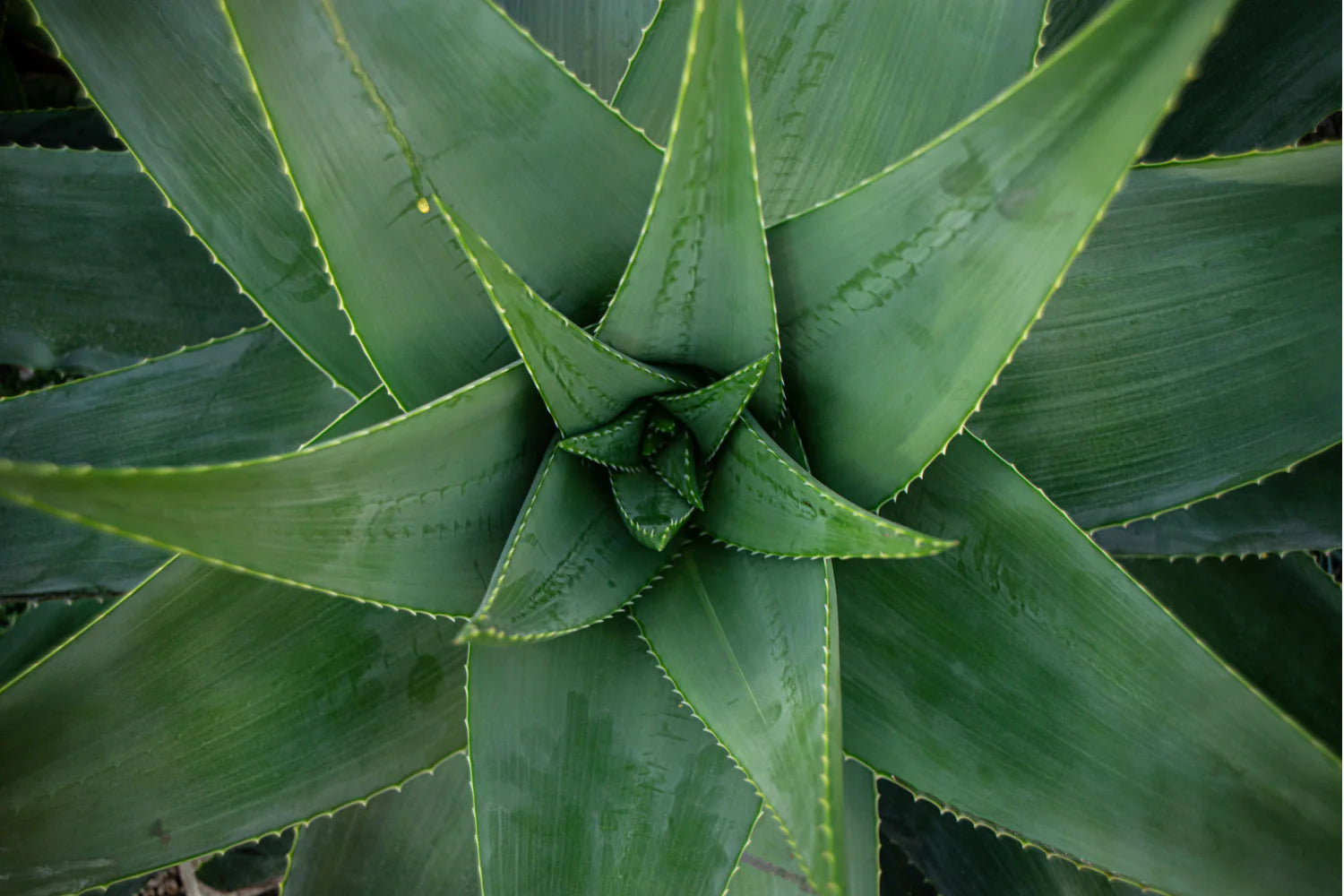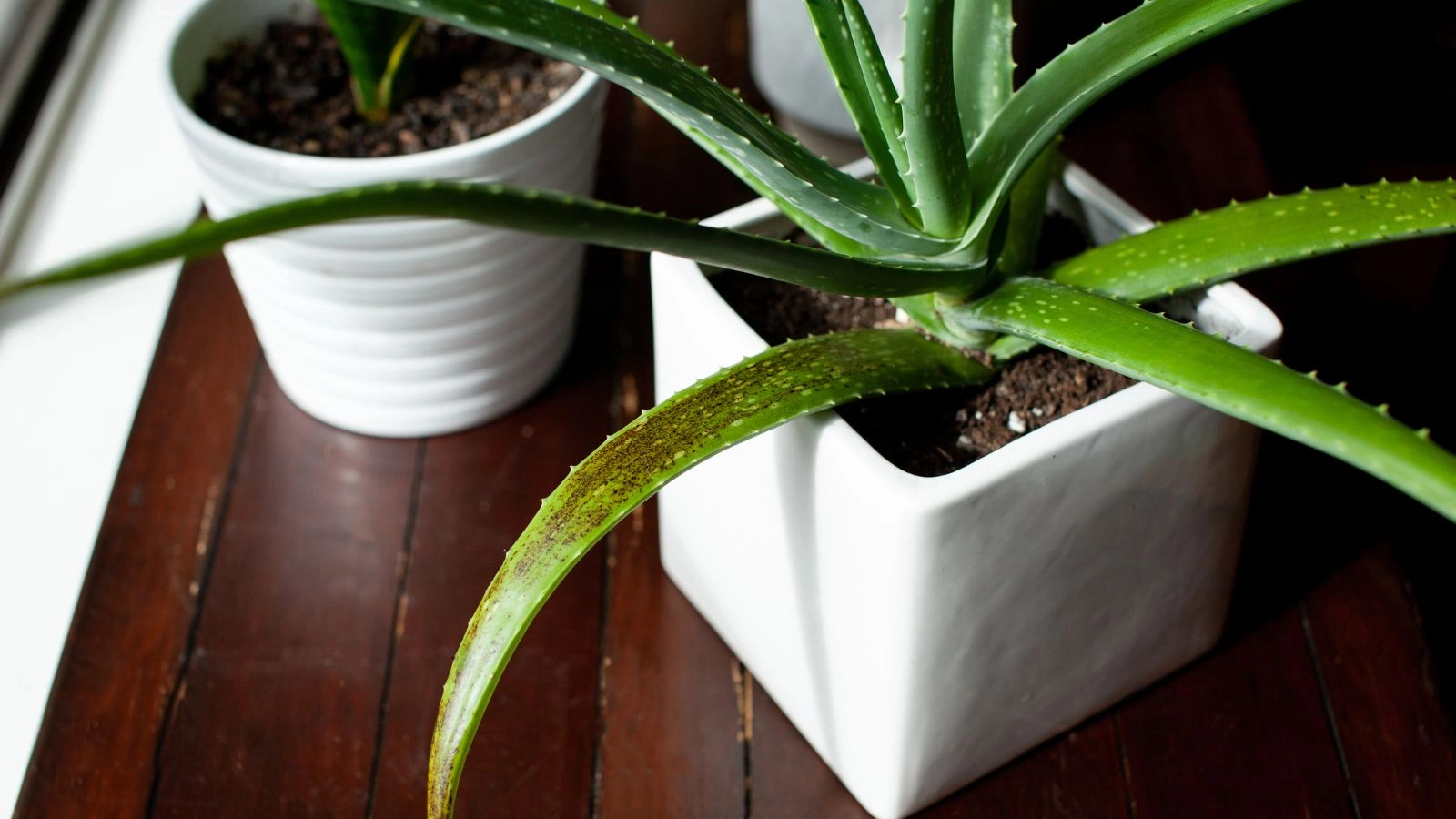
When That Scent Throws You Off
Most people don’t realize that…your favorite aloe vera massage gel (or, hey, even that bottle on your nightstand for…well, you know) isn’t supposed to make you wrinkle your nose. But there you were. Maybe reaching for some post-shower self-care, or mid-massage with a partner, and—bam. The smell caught you. Sour? Kind of plasticky? A surprising (not good) whiff of “What is THAT?” Don’t worry, you’re not losing your mind.
I’ve been there—more than once, if I’m honest (is it just me, or does “natural” sometimes smell suspiciously unnatural?). So, why does my aloe vera massage and lubricant smell? Is it even normal? Spoiler: Maybe…but also, maybe not. Here’s what I’ve sniffed out, so you can get back to enjoying what aloe vera does best: cool, calm, and really, really comfy skin.
What Should Fresh Aloe Smell Like, Anyway?
That Clean, Green Scent
Let’s rewind to basics for a sec. Have you ever cracked open a fresh aloe leaf—like plucked from your mom’s windowsill or the weirdly healthy plant your neighbor gave you? That gooey gel inside is supposed to smell…almost like cucumber-water-meets-melon. It’s light. Maybe a hint of squash, but never sour or “chemical.”
The closer you are to the center, the milder it gets. Seriously, one time I sliced a tiny baby leaf and stuck my face right in—barely anything, just a whiff of green and “clean.” So if your product gives you old gym socks or sour candy, that’s not the real deal (for proof, just try sniffing fresh next time you’re in a garden center).
Why Aloe Scent Varies (Even in the Same Plant!)
You know how two avocados from the same bag can taste totally different? Aloe’s a little like that. Older, outer leaves tend to have a bit more “earth” going on, while the inner leaves feel gentle, even spa-like. Weather, soil, and care matter, too.
That said, if you’re into DIY, just remember: fresh gel, stored right, should never knock you off your feet with odor. (Learned that the sticky way after I left a peeled leaf in the fridge too long—don’t recommend it.)
When “Natural” Isn’t So Nice
Is It Spoiled?
Okay, here’s the thing. Even the most innocent aloe vera can go bad. Temperature swings, air exposure, or forgetting you even opened the jar a few months back? Yep. All invitations for microbes to come party (and trust me, nobody wants that party anywhere near their skin).
That classic “off” smell, kind of musty or like sour milk, usually means it’s time to dump it. Ever done the sniff test—then looked for an expiration date and realized “Oh…this expired during lockdown…”? You and me both.
Storage Drama
Where do you keep yours? Under the sink? In the car for beach emergencies? If it gets too warm, or you accidentally leave it open, things can get dodgy. A reader once wrote me, panicked about sudden funkiness in her aloe lube—turns out she’d stashed it in her gym bag, and the bottle sat in the hot car for a week. Quick tip: keep it cool, preferably in the fridge. The chilly gel is magic on sunburn anyway!
Example Moment: The First Funky Batch
Picture this—me, age twenty, trying to impress my then-boyfriend with a “relaxing” homemade aloe gel after a summer hike. Instead of blissful sighs…he asks, dead serious, “What died in here?” Turns out I’d let the gel ferment on the kitchen counter. Let’s never talk about that massage again.
What About Store-Bought Aloe Lubes?
Ingredients Making Scents
Here’s where things get tricky. Not every bottle you buy for massages or “more personal” uses is just aloe and water. Check that label—chances are, you’ll see things like propylene glycol or benzoic acid (these keep stuff smooth and shelf-stable, but sometimes add their own, ahem, aroma). According to research on aloe-based lubricants and gels, these extras can kick up a slightly artificial or even sour scent if the bottle gets old or overheated (research on different lube types and additives).
Case in point: one of my favorite “multi-task” massage gels started smelling faintly like old pennies after three months in my bathroom drawer (no, not a fragrance they advertise). Fun fact—some formulas are actually fragrance-free, but preservatives or the aloe itself can still give it a scent, especially as time goes on.
Comparing Real vs. Funky
| Aspect | Fresh Aloe Scent | Off Smell Signs |
|---|---|---|
| Aroma | Mild, clean, cucumber | Strong, sour, musty, chemical |
| Cause | Young, inner leaves, cool storage | Old leaves, heat, expiration, additives |
| Skin Impact | Soothes, hydrates, feels cool | Potential irritation, discontinue use |
| Tip | Keep in fridge, use quickly after opening | Replace if persistent or strong |
One time, during a super dry winter, I started using a new aloe-based lube daily. It was glorious for my skin—until, about a month in, I opened it one night and thought, “Whoa, this smells like vinegar?!?” Safe to say, that was the last time I used that bottle. (Not worth the risk, honestly.) If you catch that whiff, it’s often a sign to move on and search for another that feels—and smells—right.
Added Scents and “Natural” Surprises
There’s this tricky thing where “natural” sometimes doesn’t actually equal “odor-free.” Plants are living things, and sometimes your bottle just ends up with a slightly earthy smell. But! If your label says “fragrance-free,” and the only whiff is mild or slightly botanical, that’s totally cool. It’s when things go from “Hmm” to “UGH” that’s a problem.
Honestly, it gets personal. I’ve had friends rave about the soothing feel of a new lube—until their partners quietly ask if there’s maybe a weird salad dressing vibe going on. Would love to hear if this ever happened to you (comment below, let’s trade horror stories!).
Does The Smell Matter For Skin Or Intimacy?
Is It Still Safe?
Good question. In most cases, a mild, plant-like scent is harmless. But a strong, rotten, or sour smell could mean there’s bacterial growth lurking. If it smells off—and especially if you see weird color changes or mold—don’t mess around. Even minor skin irritation can spiral, especially in delicate areas (yeah, not taking chances down there…respect to my sensitive friends who already have enough to juggle during menopause, breastfeeding, post-exercise sweat, or just living life).
Will It Irritate?
Most aloe vera massage gels are designed to calm irritation, not cause it, but if something’s spoiled? That’s an instant ticket to redness, itchiness, or even a yeast infection (not fun). According to advice on why does my aloe vera massage and lubricant smell, when in doubt, swap bottles and check with your doctor if you notice recurring discomfort.
Quick Compare: DIY, Drugstore, Organic
| Type | Pros | Cons | Typical Smell |
|---|---|---|---|
| DIY Fresh Aloe | Ultra gentle, soothes on contact | Spoils quickly, must refrigerate | Mild, natural, fades fast |
| Drugstore Aloe Lube | Handy, stable, more affordable | May have preservatives, possible additives | Can be neutral, sometimes faintly chemical |
| Organic Aloe Lube | Minimal ingredients, skin-friendly | Shorter shelf life, must check expiry | Mild, sometimes earthy |
That little table? It sums up all my trial and error—across way too many bottles (and years) of wandering the skin care aisle. Each version brings its own quirks. But remember, go for what feels (and smells) best for you, and always do a patch test if you’re trying something new. Your skin will thank you.
Keeping Your Aloe Fresh (And Scent-Free)
Be A Smart Storer
Don’t want to play “guess that odor” every time you need relief? Keep it simple. Use aloe vera gels and lubes within a few months of opening. Store in a cool, dark place—fridge is perfect, but a bedside drawer is fine as long as the heater isn’t blasting next to it all winter. And if something feels (or smells) off, swap it for a fresh bottle without guilt.
DIYers: You’re Not Off the Hook!
If you love mixing your own (I get it—homemade can be super satisfying), remember that fresh aloe spoils quickly. Harvest only what you need, and freeze any leftovers right away. Need a recipe? Just grab an aloe leaf, slice off the spiky sides, scoop the gel, and apply to wherever needs soothing. If you want to add a drop of oil—use plain jojoba, not essential oils (those can mess with pH, fast!). And…never leave it sitting out overnight unless you want to learn the hard way about homemade science experiments.
Personal Touch: The Mini Fridge Miracle
I kept a mini fridge just for skincare during college—honestly, best hack ever. Aloe gel for burns, for post-waxing, for literal everything. And as long as it stayed cool, it lasted. The moment I got lazy? You guessed it. The Smell. Lesson learned: treat your aloe like tea or cheese—fresh, chill, and ready for whatever your skin dreams up next. (Speaking of, check out my full guide at why does my aloe vera massage and lubricant smell for a ton more tips.)
Let’s Wrap This Up: Sniff, Store, Smile!
So, the next time you pick up your aloe vera massage gel or lube, take a second to really notice: does it smell fresh and calming—or funky and “off”? If it’s the latter…no shame, we’ve all been there. Spoiled product, sneaky additives, or just a bottle that’s lived a little too long in your gym bag—these are the small but real hurdles in good old self-care.
Remember, why does my aloe vera massage and lubricant smell is not just my weird obsession—it’s a moment to tune in to your own comfort. Store your aloe right, swap bottles whenever you smell a sour note, and keep your skin (and everything else) happy. And if you ever want to swap stories or recommendations, drop me a message or check out my latest experiments at why does my aloe vera massage and lubricant smell. We’re all figuring it out together. Cheers to healthy, happy skin…and maybe a little less drama in the lotion aisle.


















Leave a Reply
You must be logged in to post a comment.